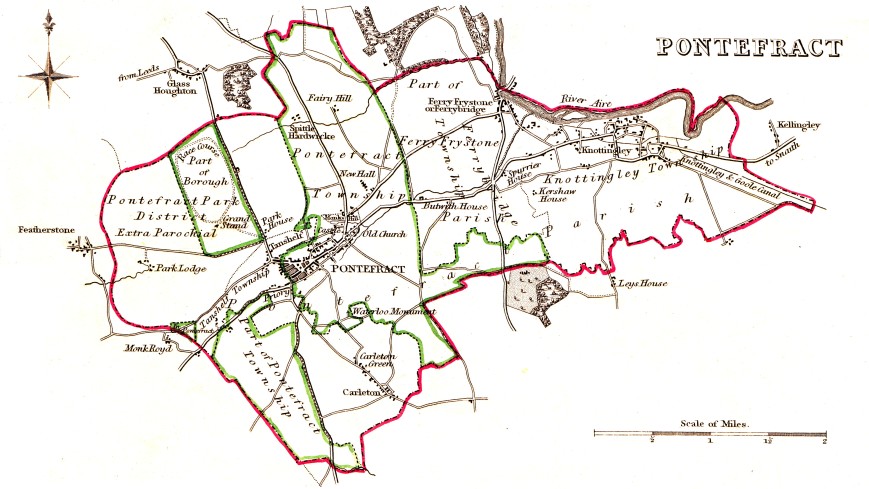
 Monitor 75, the latest edition of the Unit’s regular news update on constitutional issues, was published this morning. Since the last edition in March, what had once been the defining issue of this political generation — Brexit — has been almost entirely subsumed by an even larger crisis: COVID-19. A new and inexperienced government has found itself temporarily without its Prime Minister, announced the departure of the Cabinet Secretary, and encountered significant dissension from the backbenches on more than one occasion. Tensions within the Union have been thrown into stark relief by the increasingly different courses pursued by its constituent nations. As for the state of democracy, parliament has trialled numerous methods of operation, passing laws and changing how it regulates itself in multiple ways, whilst elections have been put on hold and organisations involved in deliberative democracy have struggled to continue their work. Meg Russell and Alan Renwick discuss the key events and themes of the past four months, and also reflect briefly on the Unit’s history as it celebrates its 25th anniversary.
Monitor 75, the latest edition of the Unit’s regular news update on constitutional issues, was published this morning. Since the last edition in March, what had once been the defining issue of this political generation — Brexit — has been almost entirely subsumed by an even larger crisis: COVID-19. A new and inexperienced government has found itself temporarily without its Prime Minister, announced the departure of the Cabinet Secretary, and encountered significant dissension from the backbenches on more than one occasion. Tensions within the Union have been thrown into stark relief by the increasingly different courses pursued by its constituent nations. As for the state of democracy, parliament has trialled numerous methods of operation, passing laws and changing how it regulates itself in multiple ways, whilst elections have been put on hold and organisations involved in deliberative democracy have struggled to continue their work. Meg Russell and Alan Renwick discuss the key events and themes of the past four months, and also reflect briefly on the Unit’s history as it celebrates its 25th anniversary.
As the last issue of Monitor went to press in early March the idea that COVID-19 might change everything was only just dawning. In the subsequent four months, its impact on politics as well as daily life has been transformational. Just as the UK hoped to exit one torrid period of politics dominated by a single issue, a new, still bigger challenge eclipsed it. Brexit has barely featured in the past few months’ political news. Instead, Boris Johnson rapidly shifted from the Prime Minister who would ‘get Brexit done’ to the one who needed to steer the nation through a health crisis, and perhaps in due course through an economic crisis as well.
COVID-19 has touched almost every aspect of how politics is done, and raised new questions about the functioning of some aspects of the UK constitution, as this issue of Monitor sets out. The Coronavirus Bill was rushed through both chambers of parliament – with consent from the devolved legislatures – in just six days in March, as the official ‘lockdown’ was just beginning. At the outset this barred most workplaces from opening and confined most people – except when undertaking limited activities – to their homes. The Prime Minister spoke to the nation in a televised address, and daily Downing Street press conferences involving ministers and (usually) government scientists became the norm, seven days per week. On 6 April Boris Johnson himself was hospitalised with the virus, leaving Foreign Secretary Dominic Raab to deputise (see page 12). Other key ministers and officials – notably including Johnson’s chief adviser Dominic Cummings – also fell ill.
At the start of the crisis there was widespread support for the government’s position, within the governing party, across the parties and among the devolved administrations. Public approval for the government’s handling was high, in what political scientists would see was typical of the ‘rally round the flag’ effect often found in national crises. But since that time, tensions have gradually grown. Continue reading

 A new bill currently before parliament alters the rules governing the periodic redrawing of the UK’s parliamentary constituencies, most notably by replacing a requirement to limit the House of Commons to 600 MPs with a new fixed size, set at the current 650. But, as
A new bill currently before parliament alters the rules governing the periodic redrawing of the UK’s parliamentary constituencies, most notably by replacing a requirement to limit the House of Commons to 600 MPs with a new fixed size, set at the current 650. But, as 
 Legislation now before parliament will reform how parliamentary constituencies are drawn up. Most controversial is a proposal that the recommendations of the independent boundary commissions should be implemented automatically.
Legislation now before parliament will reform how parliamentary constituencies are drawn up. Most controversial is a proposal that the recommendations of the independent boundary commissions should be implemented automatically.